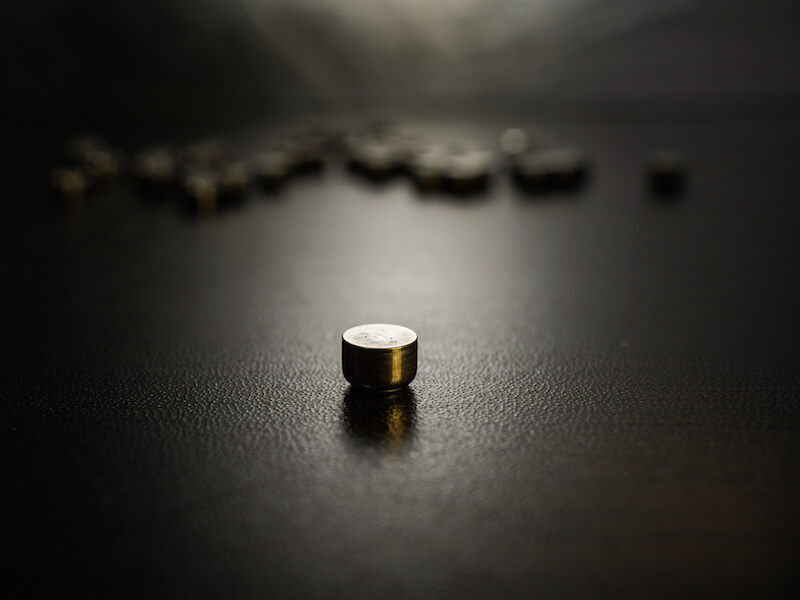
Modern technology has evolved the way we power electronics of every kind, from radios to cameras to phones. For decades, individuals looking to address hearing loss have hoped for a similar advancement, and the industry is finally realizing the promise of a powerful rechargeable hearing aid battery.
Disposable hearing aid batteries have traditionally been the power source of choice among manufacturers, with size 312 batteries serving as one of the more common battery types. These days, the most prominent version of these batteries is generally known as a “zinc-air” battery.
The Downside to Disposable Hearing Aid Batteries
The presence of air effects a zinc-air battery, as the name suggests. In the case of the 312 batteries used in many hearing aids, the user is required to pull a small tab off the back of the battery before it is activated and functional.
They will begin draining power as soon as they are completely oxygenated. So the power is draining even if the user isn’t actively using it.
Most users regard the length of life to be the greatest drawback of disposable batteries. Some reports have estimated the average life expectancy of a size 312 disposable battery to be from 3 and 12 days, which means users may have to replace their batteries about 120 times every year.
Because of this, besides needing to purchase 120 batteries, the user will need to switch and properly dispose of batteries at least two times a week. That’s probably over $100 in batteries from a cost perspective alone.
Rechargeable battery Improvements
Rechargeable hearing aid technology has progressed to the point where it’s now a viable option and that’s good news for people who wear hearing aids.
Studies have demonstrated that most people overwhelmingly prefer to use rechargeable hearing aids. Until now these models have historically struggled to supply a long enough charge to make them worthwhile. However, modern innovations now allow an entire day of use per charge.
Rechargeable batteries won’t save users substantial amounts of money, but they will make quality of life better.
These new models provide less aggravation on top of maintaining a 24 hour charge because the user doesn’t deal with the burden of continuously swapping out the batteries. Instead, they just need to pop out the battery and place them in a convenient tabletop charging unit.
A disposable battery approaching the end of its life simply can’t operate at full power. There’s also no exact way to know how near to being inoperable the battery actually is. So the batteries might die at the precise moment that a user needs them the most which might even put them in danger. A dead battery will not only lead to a safety concern, it could cause the user to miss important life moments.
Types of Rechargeable Hearing Aid Batteries
There are distinct advantages to each of the different materials that rechargeable batteries are constructed from. The ability to maintain a charge for 24 hours is one reason why integrated lithium-ion batteries are one viable option that manufacturers supply. You may be surprised to learn that this same kind of technology is what charges and powers your smart-phone.
Another type of contemporary rechargeable battery is a silver-zinc. This revolutionary technology was originally manufactured for NASA’s Apollo moon missions. You can even use this technology to modify and retrofit the existing hearing aids you’re comfortable with by changing the device to rechargeable power. These batteries, similar to lithium-ion, will also last all day before needing to be recharged.
There are also models that let you recharge the hearing aid without taking out the battery. For these, users will place the entire hearing aid into a charging station when they sleep or during another time when the hearing aid is not in use.
Whichever option you decide on, rechargeable batteries will be considerably better than disposable batteries. You just need to do some research to decide which option is best for your needs.
If you’re looking for more information about hearing aid technology or how to pick the best hearing aid to meet your needs, we encourage you to look at our hearing aids section.
